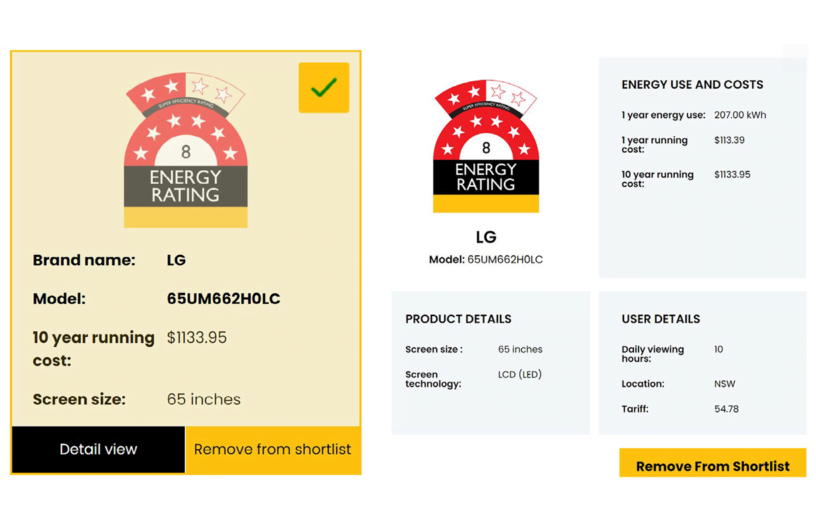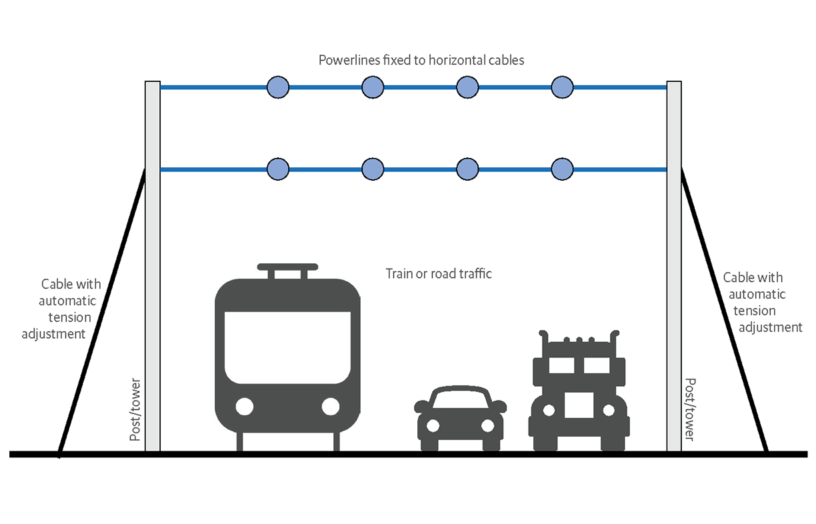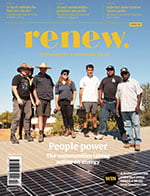Community energy sharing challenges and solutions

Oliver Crowder from Saltwater Solar reports on a remote community solar system he helped set up more than 10 years ago.
Mapuru in East Arnhem Land is very remote. It’s not quite 1000km from Darwin, but the road there isn’t great. When our new batteries were delivered, the truck driver was going so slow in some places that he’d dip his headlights for a truck coming the other way and it would take half an hour until they passed. At best, it’s rough and slow. But access by road for the other half of the year is nearly impossible, so to do the shopping, locals have the option of a charter plane (expensive and rare) or take a long walk and then a tinny to the main town on the nearby island.
The solar system, which supplies a community of 10 houses plus a clinic, was provided by the federal government’s remote renewable energy program known as “Bushlight” back in 2011. It is still going strong—although there may not be much left of the original equipment. We replaced the batteries in 2022 (after almost 12 years of hard use) and the sorry-looking solar array last year.
The distribution of this solar energy needs to be managed in some way, so the Bushlight designers provided an Energy Management Unit (EMU) in each house’s switchboard. These EMUs allocate a set amount of energy to every household, which, if exceeded, will shut off everything but the “essential” circuits—the fridge and a few lights and fans—until midday, when the log is reset.
When the backup generator is running—which at many remote sites is started manually due to the lack of fuel for when called upon by an automatic start signal—all loads are available, including air conditioners. A lot of effort went into the development of these load management systems, and communities were consulted at length to determine what an expected (or “acceptable”) daily load would be. But where humans and machines interact, the devil is always in the detail, and there are some emerging challenges relating to changing energy usage patterns.
The first chart shows a period of one week in January 2022 before any upgrades. There is not a lot of sunshine this week, as can be seen by the purple “Solar Shunt” curve. There were a couple of power outages due to low battery voltage. And it looks like the community had run out of diesel, as one power outage went from midnight, January 26th, till 7am, when the sun came up and charged the batteries above a set point.
Earlier in the week you can see the two green curves of “Input Power”, which is generator operation, that only last about two hours. It is not clear why the generator was started manually in the middle of the night like this, with no record of power outage. Perhaps because air-conditioners are only available when the generator is running; someone couldn’t sleep in the humidity but found the last few litres of diesel. (Observe the little increase on the “Load AC Power” curve each time the generator is started.)
Some wet season nights do seem unbearable, and many houses (unfortunately this includes a lot of recent government projects) have very poor ventilation, and seem to be designed to be continuously air-conditioned throughout the year—even in the middle of the dry season. It’s not my role to provide judgement on peoples’ energy use behaviour, but this tidbit of data shows the difficulties of managing this limited resource of stored solar energy in a micro-grid setting anywhere. In towns and cities, the distributor limits our usage by making us pay for every kilowatt-hour. But here it is up to the community and some well-designed automated load controls to manage usage, and to share this energy fairly, within the limits of the available resource.

The second chart shows a similar period at the start of 2024. An extensive monsoon hung around most of January, so there was not much sunshine available. There are no power outages seen here, but those poor batteries are still getting a hiding, just getting to full charge by the end of the week. The new solar array, which was upgraded by 35% to 33kW rated capacity, is just keeping up with demand (as a matter of fact it may be that one of the old DC regulators is faulty; peak output should be higher than that).
We would really like some help from the generator to get them to float charge at least once a week. But with the roads looking more like rivers, getting fuel in is not easy. The one reliable thing shown here is demand, with the “Load” curve keeping a steady heartbeat around 4kW.
The original design allowed for loads of 50kWh per day. Measured usage is now still about 50kWh per day in the dry season, but increases to 100kWh in the wet. To increase available energy to cover hot weather air-conditioning, further additions to the solar array are one option, but there is only so much that additional solar can help during monsoons.
With the current Bushlight energy allocation, the amount of energy provided daily to each house does not relate to the amount of energy in the batteries. Better load management would mean residents have access to more energy when it is available, but their loads are limited when energy is scarce. The idea of managing, or even thinking about, their usage is what turns many people off solar in the first place.
Shouldn’t “progress” mean we get to use more things? In the Territory now, it’s almost like air-conditioners have become a human right. But rainy weeks are real, and without a backup generator supply, we need to consider alternative methods to ensure we live within our means.
Unfortunately, there is no new device or technological miracle yet for “using less” (often the result of more “efficiency” is that we use more). An average of 10kWh per day per household is, comparably, radically minimalist anyway. But on those wet weeks, well thought-out automated load controls are one option to ensure the batteries have a long and healthy life.
Rather than allowing everything to be turned on with the generator—which restricts its available power for charging the batteries—“discretionary” loads may need to be limited when the battery voltage drops too low, and not switched on again until the batteries are fully charged. There is no glory in limiting people’s access to electricity, but we are working at redesigning the system that does just that. And in this way, the rights of batteries can also be respected.
Further reading
 Pears Report
Pears Report
Fossil fuels, efficiency and TVs
Alan Pears brings us the latest news and analysis from the energy sector.
Read more Climate change
Climate change
What we can learn from Spain’s response to heatwaves
As Australia heads into a summer set to be marked by climate change and El Niño, resilience to extreme heat is front of mind. Renew’s Policy and Advocacy Manager Rob McLeod reports on Spanish responses to heatwaves and the lessons for Australia.
Read more Pears Report
Pears Report
Transmission and emissions
Alan Pears brings us the latest news and analysis from the energy sector.
Read more

